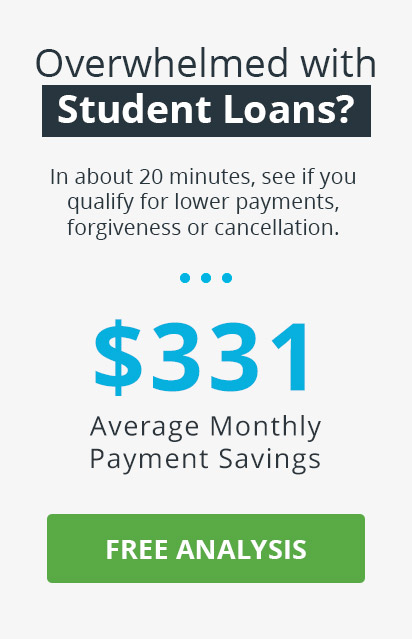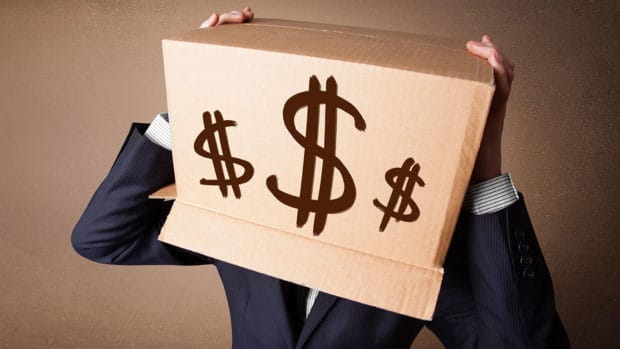
The Saving on a Valuable Education or SAVE plan is the newest repayment plan offered by the Department of Education for federal student loans. It’s also the most affordable payment plan ever made, estimated to qualify over 1 million borrowers for $0 monthly payments and to cut monthly payments in half for everyone else.
SAVE is a great option for all federal student loan holders, but especially so for those who were counting on student loan forgiveness to wipe out their debt and aren’t eligible for public service loan forgiveness.
Standout features of the SAVE plan:
- Eliminates remaining interest on subsidized and unsubsidized loans after a payment is made
- Income threshold is increased, meaning borrowers who earn more money while still qualifying for low payment
- Single borrowers making less than $15 per hour will not have to make monthly payments ($0 per month)
- Married couples can choose whether or not to include their spouse’s student loan debt in their application
- Outstanding balances will be forgiven after 20 years for undergraduate loans or 25 years for graduate loans
Table of Contents
What is the SAVE plan?
SAVE (Saving on a Valuable Education) is a new income-driven repayment plan for federal student loans. It was created in response to Biden’s student loan forgiveness plan struck down by the Supreme Court and launched on August 22, 2023. It won’t go fully into effect until July 1, 2024, but several critical elements will begin this summer before student loan payments resume in October.
SAVE is replacing REPAYE (Revised Pay As You Earn), which was also an income-driven repayment plan, but has a handful of tweaks that can save borrowers up to $1,000 a year, according to the official Federal Student Aid website. Here’s a quick rundown of how the SAVE plan works and what sets it apart from existing income-based repayment options.
- There’s a higher income threshold. Under old plans, an individual couldn’t make more than $21,870 and qualify. With SAVE, that income threshold jumps to $32,805 (this threshold is higher for residents of Alaska and Hawaii). Those who fall below the SAVE income exception or who make less than $15 an hour will have a $0 monthly payment and won’t have to make any payments at all.
- Unpaid interest won’t cause your balance to grow. 100% of interest will be eliminated from the monthly payments of both subsidized and unsubsidized loans. You will only be charged the amount to cover your principal balance, not the accrued interest.
- Your spouse’s earnings can be excluded from household earnings. Married couples who file their taxes separately don’t have to include their spouse’s income in the SAVE application. You can also choose to exclude your spouse when selecting household size.
- Built-in student loan forgiveness. Loan forgiveness is guaranteed for all borrowers on the SAVE plan after 20 or 25 years, but may take as few as 10 years.
Best features of the SAVE plan
More people will qualify for $0 monthly payments
The general rule of thumb with income-driven repayment plans is that the more you make (and the smaller the household), the more the government assumes you can afford to pay. However, the new SAVE repayment plan increases the income exemption, how much a borrower can earn, and still qualify for $0 monthly payments.
Under REPAYE guidelines, the income exemption (the limit of how much a borrower can earn annually relative to household size) had to be less than 150% of the poverty guideline to qualify for $0 monthly payments. With SAVE, that threshold is now raised to 225% of the guideline, increasing the amount a single borrower could earn from $21,870 (REPAYE) to $32,805 (SAVE).
The income exemption is different for residents of Alaska and Hawaii, who have a higher threshold:
- Alaska: A single borrower can make up to $40,940 and qualify for $0 payments (was previously $27,315)
- Hawaii: A single borrower can make up to $37,734 and qualify for $0 payments (was previously $25,155)
Additionally, any borrowers who make less than $15 will also be exempt from having to make student loan payments.
How much will my monthly student loan payment be?
What about borrowers who earn too much to qualify for $0 monthly payments? The SAVE repayment plan still promises impressive savings. Payments are capped and will never be more than 10% of a borrower’s discretionary income.
- Stacy makes $50,000 per year and has two children who are her dependents. Her estimated monthly payment on SAVE is $0.
- Fred makes $40,000 per year and has no dependents. His estimated monthly payment on SAVE is $60.
- Angel makes $60,000 per year and has one child who is her dependent. Her estimated monthly payment on SAVE is $130.
No more accrued interest
One of the standout features of the SAVE plan is its approach to unpaid interest. It’s not uncommon for borrowers to see their loan balances grow due to accruing interest that isn’t covered by their monthly payments. The SAVE plan addresses this concern head-on by preventing the growth of your balance due to unpaid interest.
For instance, let’s consider a scenario where your monthly interest accumulation amounts to $60, but your SAVE plan payment is set at $50. In a conventional setup, the $10 difference would be added to your loan balance, leading to a gradual increase over time. However, the SAVE plan breaks this cycle by ensuring that the remaining $10 isn’t tacked onto your balance. This proactive approach to managing unpaid interest can significantly contribute to keeping your debt under control.
Cosigning no longer required by spouses
While some income-driven repayment plans require a borrower’s spouse to cosign, SAVE does not. This both streamlines the process and protects your spouse.
When your spouse is required to cosign, this means they are financially on the hook for your loans if you fail to pay. Missing payments or defaulting can end up affecting their credit too – not just yours.
This is why it’s so important that the SAVE plan doesn’t require your spouse to cosign. Their finances are protected from yours, and you can continue with your repayment plan without worrying about affecting your spouse’s financial future.
Note that this is for married couples who file their taxes separately.
Additional SAVE benefits will take effect July 2024
The above benefits are already available to those enrolling in the SAVE income-driven repayment plan. Other benefits won’t legally take effect until July 1, 2024. Here are the highlights:
Even lower payments
Under the current SAVE plan, payments will be around 10 percent of your discretionary income calculated based on 225 percent of the U.S. Department of Health and Human Services Poverty Guideline amount for your family size subtracted from your adjusted gross income. By next July, payments will be only 5 percent of this number. For borrowers with both graduate and undergraduate loans, the percentage will be a weighted average between 5 and 10 percent based on the principal loan amount.
Guaranteed student loan forgiveness
Under the SAVE plan, borrowers with original principal balances (the amount owed not including interest) of $12,000 or less will have their loans forgiven after 120 payments, the equivalent of 10 years of payment. Each additional $1,000 beyond $12,000 will add another 12 payments (1 year) before the loans are eligible for forgiveness.
For example, someone who borrowed $15,000 will have their loans forgiven after 13 years; there’s the default 10-year period plus the added year of payments for each $1,000 over $12,000.
However, there’s a maximum cap for all borrowers under the SAVE plan, regardless of the total loan amount. The timeframe is 20 or 25 years, depending on whether the loans were used for undergraduate or post-grad studies, respectively.
Who is the SAVE plan best for?
The benefits are obvious, but who can this plan really help? Let’s explore a few scenarios.
People with minimum-wage or low-wage jobs
Single borrowers making less than $32,805 or less than $15 an hour will not have to make payments at all. As long as you’re enrolled in SAVE, this will not count as missing payments.
If you make more than that and have to make a monthly payment greater than $0, you will still save at least $1,000 more than you would on the current REPAYE plan.
People with several dependents
Someone with a household of four making less than $67,500 will also not have to make any payments. They would owe $0 per month, but still be current on their loans.
The same family with a larger income will still save money compared to REPAYE – around $2,244 per year.
People struggling to make payments
In the end, the SAVE program is about one thing: making repayment easier for those struggling to afford their monthly student loan payments while covering other basic needs. Even if you don’t qualify for $0 monthly payments, you could save over $1,000 per year by enrolling in the program.
How can I get started on the SAVE plan?
The SAVE plan is only available for federal student loan borrowers for the following types of loans:
- Direct Subsidized and Unsubsidized Loans
- Direct PLUS Loans made to students
- Direct Consolidation Loans that do not include PLUS loans (Direct or FFEL) made to parents
For those already enrolled in the REPAYE plan, transitioning to the SAVE plan is automatic and no further action is required. However, if you’re new to income-driven plans, applying for the SAVE plan is straightforward.
The process involves completing the income-driven repayment application and selecting the SAVE option. This initiates the evaluation of your financial data and eligibility for the plan.
If approved, borrowers on the SAVE plan will need to verify their income and household size every year.









